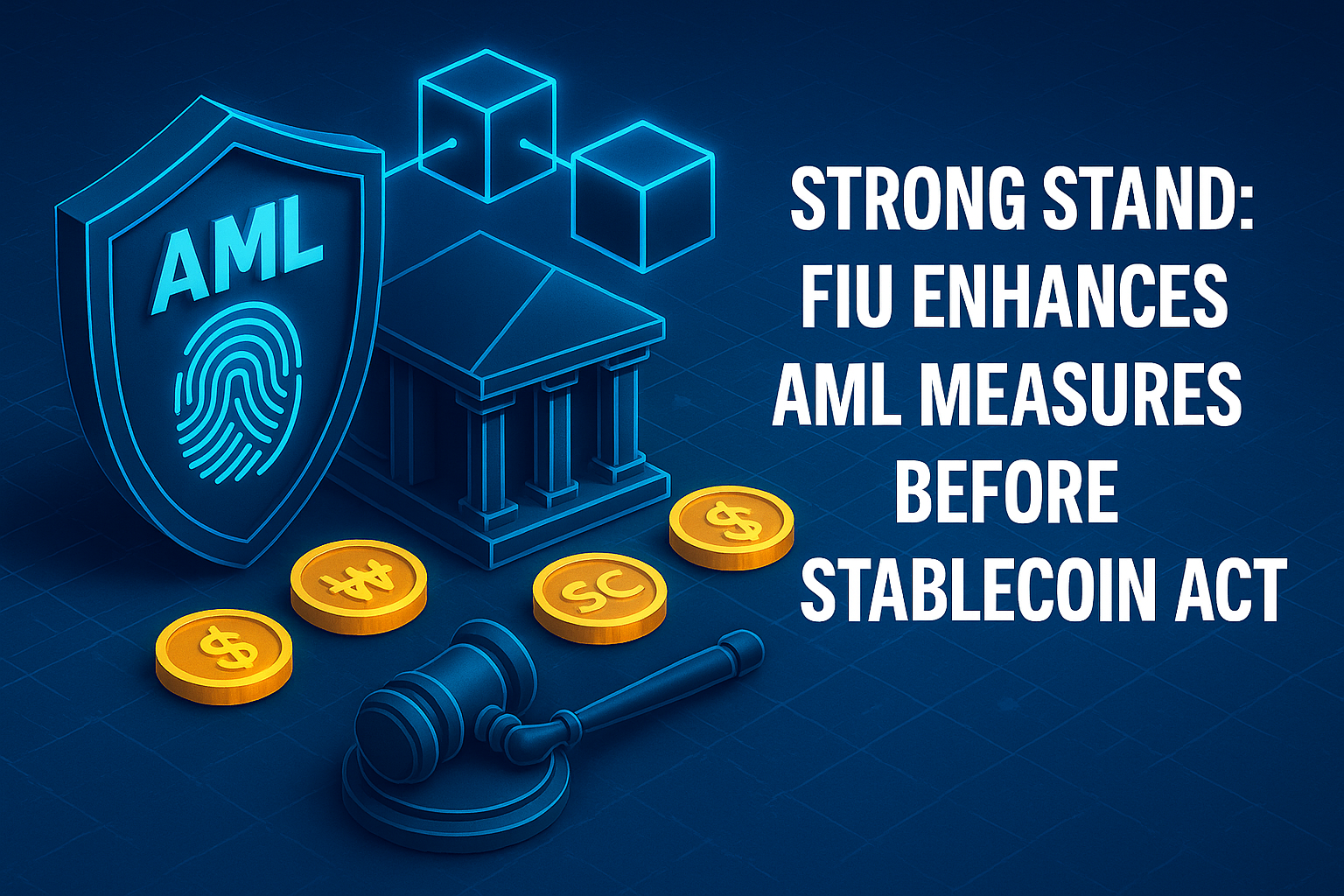South Korea’s Financial Intelligence Unit (FIU) is taking decisive steps to modernize the nation’s anti-money laundering (AML) defenses ahead of pending stablecoin legislation. With digital assets playing a bigger role in payments and finance, the FIU has launched a comprehensive review of existing controls to ensure they can meet new risks and operational realities.
Research-Led Roadmap and Timeline
To shape the redesign, the regulator has commissioned an independent study, with findings due by December. This research will serve as a blueprint for a refreshed AML framework aimed squarely at challenges tied to the rapid growth of stablecoins—such as on- and off-ramp monitoring, wallet screening, and real-time risk signals.
Compliance Pillars Under Development
The FIU’s restructuring is expected to concentrate on three core pillars:
- Tighter entry standards for firms that issue or service stablecoins, improving gatekeeping and fitness checks.
- Stronger asset-safeguarding rules to protect customer funds and reduce custody-related vulnerabilities.
- Richer reporting obligations that improve transparency, data quality, and supervisory visibility across the value chain.
Officials indicate these measures are designed to fortify defenses against money laundering, fraud, and other illicit activity, while preserving room for innovation in compliant stablecoin use cases.
Supervision Expands to Stablecoins
The FIU already oversees AML performance at crypto exchanges. Under the coming regime, it is preparing to act as the lead AML authority for stablecoin activity, coordinating standards across issuers, wallets, and service providers. This expansion is intended to deliver clear accountability and reduce fragmentation across different parts of the market.
Institutionally Stable, Despite Debate
The overhaul arrives amid past debate about the Financial Services Commission (FSC), the FIU’s parent agency. Although proposals surfaced to restructure the FSC, the government has affirmed that the commission will continue managing crypto policy at least through 2025. That assurance provides policy continuity while the FIU scales its mandate and implements new controls.
Benchmarking Against Global Best Practice
The FIU’s plans reach beyond domestic rules. The agency is reviewing international models for stablecoin oversight so that South Korea’s AML system aligns with global standards on topics like travel-rule compliance, reserves transparency, and supervision of cross-border flows. This outward-facing approach aims to protect the local financial system and keep Korea competitive as digital finance globalizes.
Lending Use Cases Under the Microscope
In parallel, legislators in the National Assembly are evaluating a package of stablecoin-related proposals. A prominent fault line is whether to permit stablecoin-backed lending. Proponents see lending as a catalyst for innovation and capital formation; skeptics warn of leverage-driven risks and potential contagion. The deliberations highlight the ongoing task of balancing growth with investor protection.
Private Sector Moves Early
Even before rules are finalized, banks, fintechs, and major tech platforms are positioning for the stablecoin era. Many have filed trademarks and formed specialized units to explore issuance, payments, and compliance tooling. Market leaders such as Kakao and Naver—with deep capabilities in payments, online banking, and SaaS—are well placed to integrate stablecoins into everyday services once the framework goes live.
Bottom Line
The South Korean Regulator to Reorganize AML Protocols Ahead of Stablecoin Legislation signals a forward-looking stance: research-driven policy, clearer supervision, international alignment, and an industry preparing to execute. If implemented as outlined, the program could make South Korea a regional leader in safe, compliant stablecoin adoption, strengthening market integrity without stifling innovation.



